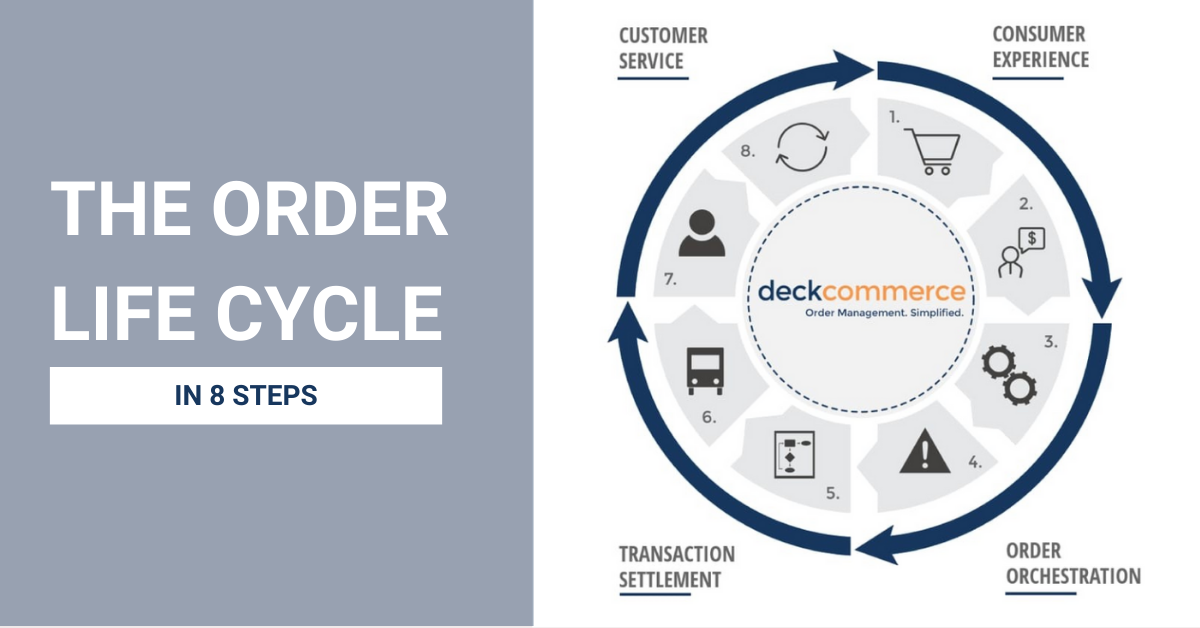
It's no secret — retail brands need a robust online presence. However, many companies not only lack an omni-channel solution, but they also don't understand how to go about implementing necessary processes and platforms.
One way brands move into the online retail space is by utilizing intuitive and easy-to-use tools that optimize omni-channel workflows without sacrificing productivity in the process.
Knowledge Is Key In Overcoming Omnichannel Implementation Challenges
With $1.9 trillion in sales underpinning the global e-commerce sector, brands are chomping at the bit trying to find a way to carve out their place in this lucrative market. Unfortunately, many companies are unable to leverage opportunities available in this sector, resulting in lost revenue. Much of this stems from a lack of understanding about how to go about implementing an omni-channel strategy.
According to a recent survey from 1WorldSync, a multi-enterprise product information network, "53 percent of merchants and suppliers experience a knowledge gap within their organization when it comes to understanding the value of cross-channel capabilities."
This "knowledge gap" has led to organizations implementing omni-channel strategies that fail to capture the full value available for this market. The survey found that cross-channel commerce challenges have caused 45 percent of merchants and suppliers to actually lose more than $1 million in revenue. Further, subpar omni-channel implementations cost 13 percent of respondents more than $3 million.
Mobile Commerce is Crucial for a Successful Sales Strategy
If the growth opportunities are so abundant in the e-commerce sphere, what are these retailers doing wrong?
"51% of retailers lack mobile commerce capabilities."
Well, according to the survey, the omni-channel strategies these retailers are implementing are not truly "omni." Eight in 10 respondents kept product information management siloed across physical stores, web, mobile and applications. Meanwhile, more than half (51 percent) lack mobile commerce capabilities all together. Without fully integrating mobile commerce capabilities, it's impossible for merchants to operate at a level that is truly omni-channel.
Retail brands can't afford to skimp on incorporating omni-channel capabilities.
Why are Retailers Hesitant to go Omnichannel?
While companies might realize the potential growth opportunities available with omni-channel, many executives and decision-makers see the switch as too intimidating and resource-intensive.
First, many of the current systems in place rely on back-end data silos and workflows. While this is the very problem that omni-channel tries to overcome, it's difficult to get decision-makers to see past their current outdated legacy systems.
Further, when companies do try to build their own omni-channel e-commerce platforms, there's a tendency to simply transfer their previous workflows and processes into the new system. This only exacerbates the delineation between the physical and online sources and doesn't solve the problem of breaking down silos.
Optimize Your Omnichannel Retail Strategy
Retailers that truly want to optimize their multi-channel sales strategy should partner with a third-party service provider to help them obtain a seamless and streamlined platform that's both intuitive and easy to use.
Click here to learn more about how Deck Commerce can help retailers truly implement a successful omni-channel strategy.







.png?width=2000&height=2000&name=Blog%20Directory%20CTA%202000x2000%20px%20(2).png)






.png?width=2000&height=2000&name=Blog%20Directory%20CTA%202000x2000%20px%20(3).png)
